

Imagine transforming tarnished, forgotten relics into stunning pieces of history that captivate every eye. Antique furniture restoration is more than craftsmanship; it’s a journey through time. In today's age of disposable goods, this age-old art holds secrets that are increasingly sought after.
As environmental and economic issues rise, restoring furniture breathes new life into old pieces, combining sustainability with style. It's a skill that not only preserves history but also turns heads more than ever.
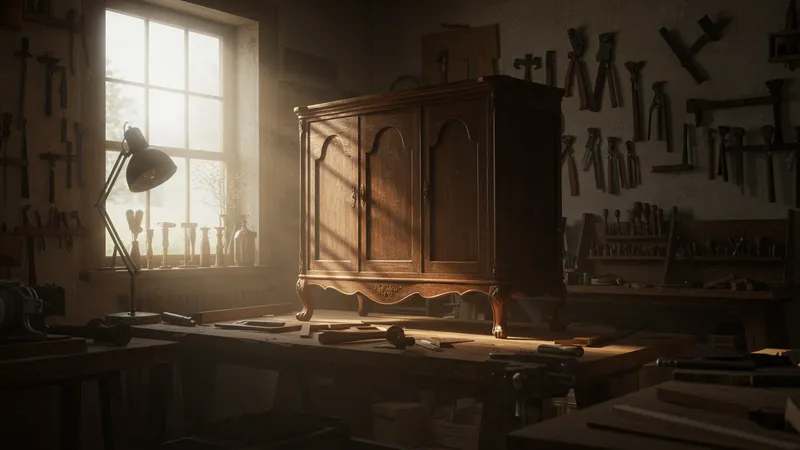
It's shocking how many antiques are discarded daily due to lack of knowledge on restoration methods. This isn’t just furniture repair; it’s the preservation of cultural identity, often resulting in a tenfold increase in value. But that’s not even the wildest part…
Contrary to popular belief, restoring antique furniture isn't reserved for the wealthy. With the right resources, everyday individuals can turn dusty hand-me-downs into centerpiece collectibles. But there's one overlooked technique that experts swear by…
What happens next shocked even the experts. Discover the hidden artistry behind antique restoration, and why it’s a booming trend that shows no signs of slowing down. It's time to unveil the secrets that have been cloaked for centuries…
The art of French polishing is a closely-guarded secret in the world of antique restoration. This delicate application of shellac creates an unparalleled gloss and depth. It’s a method that, surprisingly, can be mastered with patience and practice. But there’s one more twist…
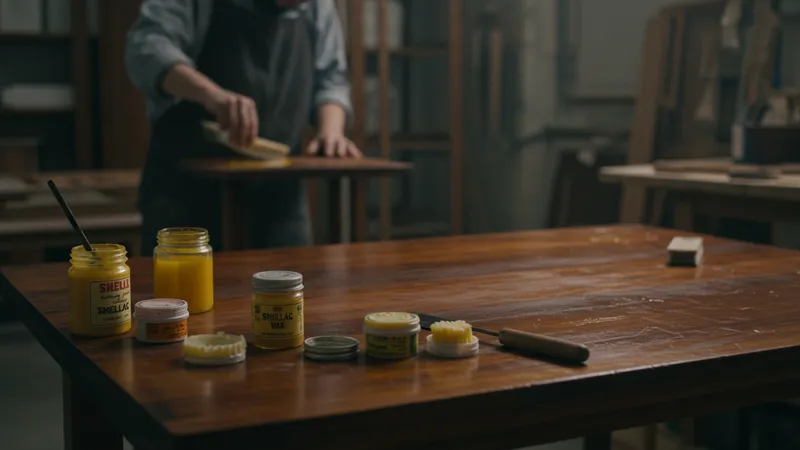
Lime waxing is another trick up the restorer's sleeve. This technique lightens the wood without stripping its original character, adding a unique finesse to any piece. Professionals hesitate to reveal this, fearing misuse by novices. What you read next might change how you see this forever.
Knowing when to devalue a piece is counterintuitive yet crucial. While most tend to over-restore, real experts understand that preserving historical marks can enhance an item’s narrative and worth. But here’s the surprising part…
Pivot points in restoration often hinge on using homemade concoctions. Simple items like olive oil and vinegar can rejuvenate and protect wooden antiques. This centuries-old secret can save substantial costs, making restoration accessible to all.
While the notion of restoring an antique might sound economical, the process can involve hidden costs. Stripping old finishes, repairing veneers, and replacing hardware can surprise newcomers with unexpected expenses. But what if there’s a way around this?
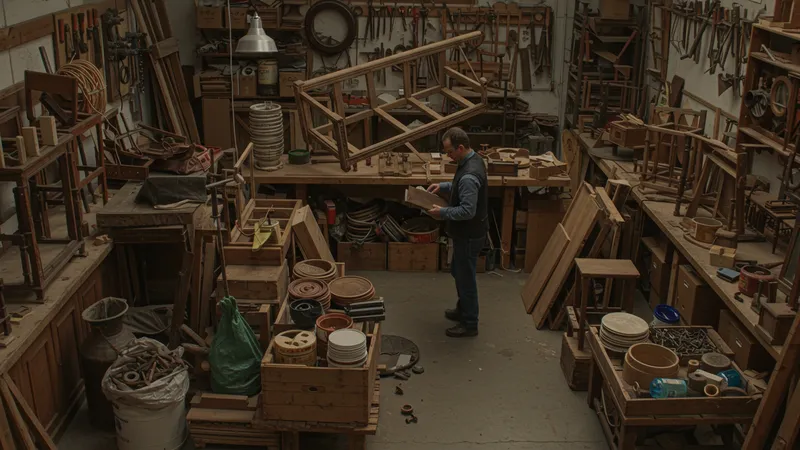
Using reclaimed and repurposed materials can drastically reduce costs, echoing sustainable practices that are gaining momentum globally. Experts in the field have curated lists of resources that can transform your approach. Still, there's more to uncover…
Interestingly, labor is often the largest investment. Yet, with the rise of DIY restoration communities and resources, anyone willing to learn can reduce labor costs significantly. But what about the hidden value added through this labor?
By meticulously recording the restoration process, enthusiasts can create provenance documents that boost the piece’s historical value. Such details might seem minor but can significantly augment an antique’s desirability and price.
In antique furniture restoration, the patina — a thin layer that variously forms on the surface of wood — is highly valued. Yet, restoration novices often remove it unknowingly, stripping pieces of their uniqueness and value. But patina isn't just inherited from age…
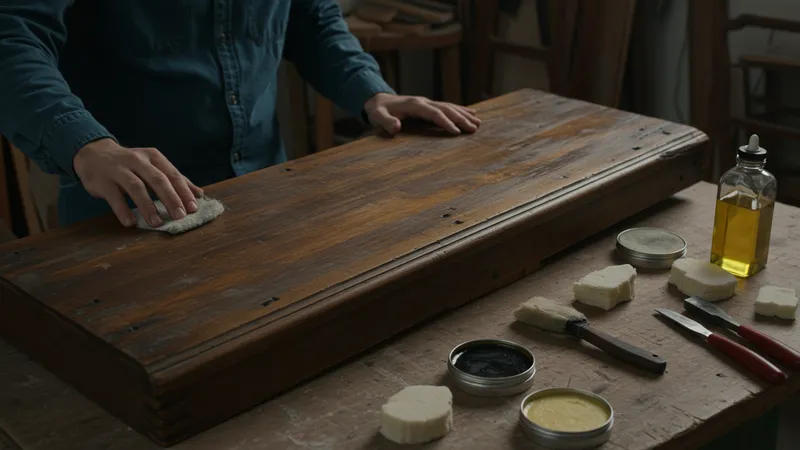
It can be enhanced. Through careful application of oils and waxes, restorers can deepen the character of antiques, enriching their story. It’s a nuanced process that requires a delicate balance, and there's an insider trick that most overlook…
Remarkably, there’s a method to protect the patina while cleaning: by using diluted soap solutions, restorers ensure the wood breathes and retains the story etched in its surface. But what if this deceptively simple step is just the beginning?
Patina, once considered a byproduct, is now the focal point in adding authenticity and narrative to a restored piece. This revelation has turned ordinary restoration methods upside down, challenging conventional practices.
Antique furniture often comes with hardware that is irreplaceable and unique, contributing significantly to a piece’s charm. Yet, many restorers face the dilemma of whether to update or retain these original fixtures. But there’s a secret perspective…
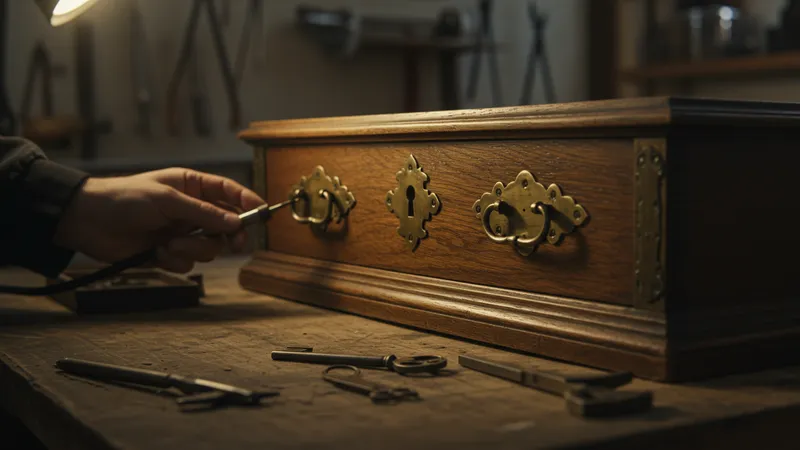
Instead of replacing, refurbishing existing hardware can maintain a piece's integrity. Techniques such as electroplating can rejuvenate metal items, retaining their historic value. But what’s the history behind these methods?
These refinishing techniques hail from industrial methods adapted for delicate restoration. Used sparingly, they provide a means to reconcile the old with the new. Yet, there’s one aspect most restorers don’t consider…
Complementing original hardware with minor modern pieces can achieve a balance of functionality while telling a story of adaptation across eras. This restoration philosophy pushes boundaries, upending traditional views.
The final steps of restoration can make or break a project. Choosing the right finish involves understanding how a piece will be used and its environment. Natural oils or synthetic polymers each offer distinct characteristics, but there's more at play here…
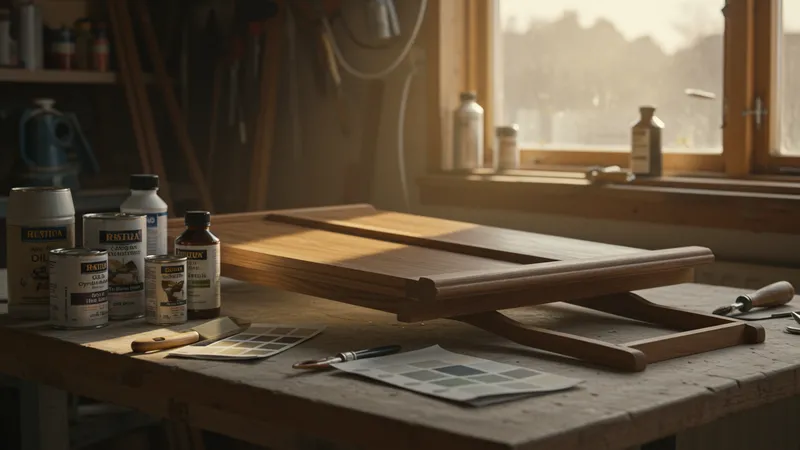
Color matching during finishing is crucial and requires a keen eye. This step is where history meets art, as perfect blends mimic natural aging patterns. However, there’s an oversight many don’t take into account…
The influence of light and space conditions drastically affect how finishes appear, causing variations no restorer can ignore. Setting the stage can dramatically enhance a piece’s appeal, yet an unexpected factor lies ahead…
Moisture and temperature can alter finish stability, introducing a variable element to restorations. With mastering these challenges, even seasoned enthusiasts find themselves on a continual learning trajectory.
Antique restorations often outperform new furnishings in endurance and value retention. Despite modern competition, they carry a historical depth new items can’t replicate. But why do seasoned officers still favor them?
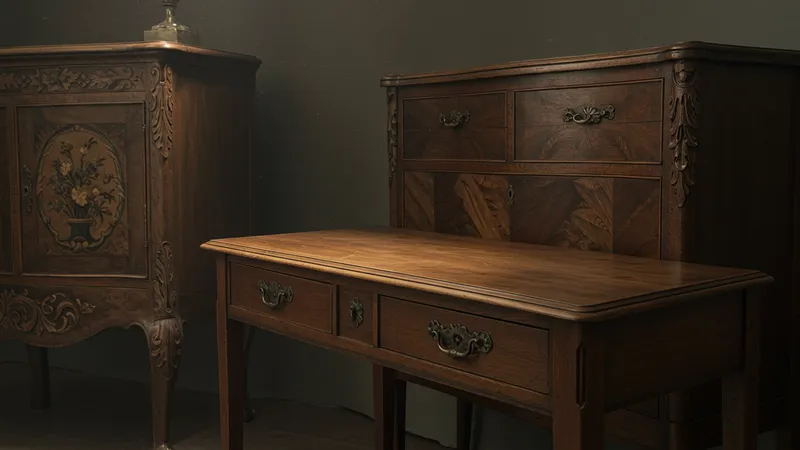
Handcrafted pieces possess uniqueness due to the marks of their creators. This individuality offers collectible value, beauty and intrigue that factory lines cannot match. But a lesser-known factor underlines their rising significance…
Restored antiques often harness sustainability principles, reducing consumption and waste. This aligns with the modern desire for ecological responsibility, yet there’s an unexpected alignment worth exploring…
The nostalgia factor imbues restored pieces with emotional resonance, creating a sense of connectivity and continuity — a link to the past that is more captivating than ever. This emotional depth presents a compelling argument over mass production.
The resurgence of interest in restoration is shaping new trends in design, merging classic aesthetics with contemporary demands. Hybrid styles are blending eras like never before, creating fusion pieces prized for their eclectic character. But could this signal a change?

Personalization in restorations caters to individual tastes and introduces novel concepts previously unthought-of. This custom approach is fast gaining a foothold in design consciousnesses around the world. The culmination of this movement surprises even experts…
The blending of digital innovations with traditional craftsmanship creates an unprecedented synergy, revolutionizing antique aesthetics. Virtual reality tools aid design planning, foreshadowing groundbreaking shifts. Yet, what about the age-old skills that defiantly persist?
Amidst these innovations, traditional methods endure, asserting the timeless nature of antique restoration. This balance of old and new presents a compelling dynamic, driving future trends and inspiring enthusiasts globally.
The journey into the world of antique furniture restoration holds lessons and surprises at every turn. Whether it's through discovering age-old methods or embracing new trends, the art captures the imagination and stakes its claim as a profound cultural practice. Share this story, explore your own restoration projects, and be a part of preserving history with care. The journey doesn’t end here—let it ignite your passion for the beauty of the past.